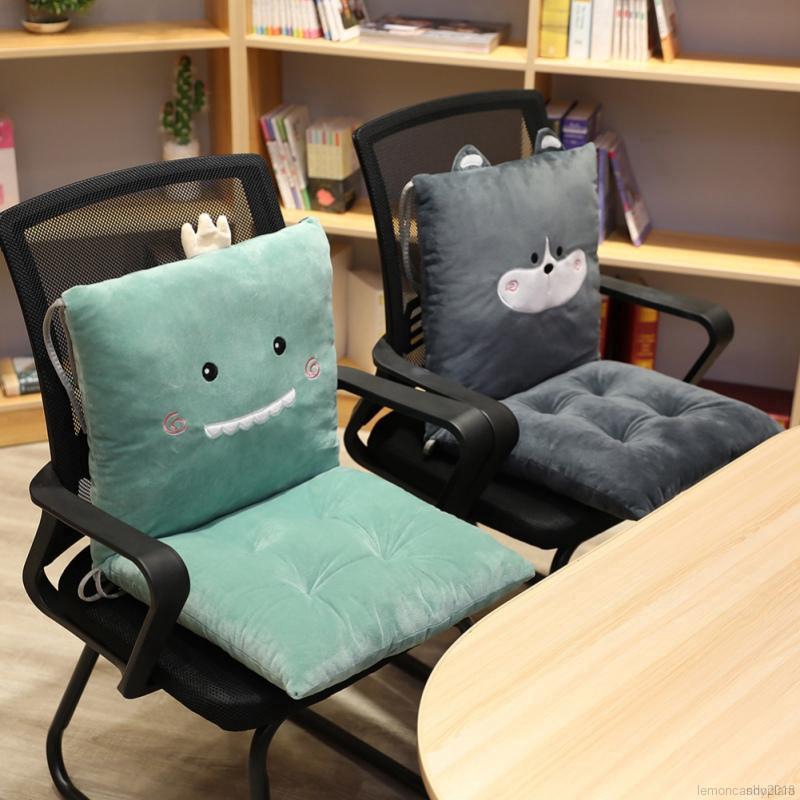Cushions can be a great idea for your office, whether you’re dealing with a home office or a traditional setup. In a traditional office, cushions can break the monotony and provide a nice comfortable nook for employees; in a home office, they are perfect for lounging on while crunching numbers or attending Zoom calls.
But maintaining these cushions is important. Outdoor cushions are built to survive a certain amount of tear and wear. The stitching, fillers, and fabric are usually more long-lasting than those found in indoor cushions. Patio furniture, on the other hand, can become musty, mildewed, and moldy if not properly stored or placed in the regular season. Worse, the cushion could become overrun with pests. Rodents and arachnids may nest within your cushion, and insects may consume gaps in the garment. Be informed enough to properly store patio cushions in a dry, rodent-free environment. Featured in this article are some of the most recommended outdoor cushion storage ideas, how to keep them, and the sturdiest and most reliable cushion storage boxes you can avail of anytime online.

1. Thoroughly Wash and Dry the Cushions
Cleaning is presumably the most underappreciated move in storing items for the cold season. Many people flock around, tossing dirty outdoor clothing into storage as the weather changes. Things will invariably become filthy while in storage, but that’s not an excuse to forgo this stage. It is critical to tidy and dry your patio cushions until the winter arrives. Even if you keep your outdoor cushion storage out of the dirt, rain, moisture, or pollen, those can still degrade the fabric while it’s stored.
To begin, remove the cushions from the bottom and sweep away any dirt, debris, or leaves with a broom. Inspect the label for cleaning directions from the manufacturer and implement them. Removable cushion covers can be washed in the washing machine and air-dried. If the covers cannot be excised, use a soft cleaning brush and a mild soap to scrub the exterior fabric. Remove any blemishes or indications of mildew or mold with additional precautions by spraying on white vinegar or a bleach-water mixture. Always check a small piece of fabric first. On a hot, sunny day, properly wash the suds with the hose and air dry the cushion. Disinfection and the removal of smells will happen if drying the fabric in the heat will be done. A slightly wet patio cushion should never be stored. Irrespective of your cleaning process, make sure that every section is dry.
Before actually storing the cushions, waterproof the fabric. Even if you purchased outdoor cushions with built-in moisture protection, you should re-treat them every 6 months or less. Consider buying a waterproofing spray and pursue the manufacturer’s instructions. Before managing the entire cushion, test a small area first.
2. Select the Best Storage Container
The prime objective of outdoor pillow storage is to keep pests and moisture out. Outdoor covers should not be wet and should be fully dried out as quickly and efficiently as possible to prevent mold and mildew from growing.
Airtight Containers
In airtight containers, you can keep patio covers if you do not plan to store the covers for long periods. The fabric should preferably breathe, but airtight containers won’t get the content with moths or pesticides. Before placing the coil in the bin, be certain that the coil does not have humidity. Within the containers put some wetness absorptive packets.
Fabric Storage Bags
It is an error to store cushions in an airtight container if you live in an area with high humidity. The external moisture can move into the container and the moisture can become captured and create problems. In this case, opt for breathable bags to prevent the air from moving through the pillows. Try using a dehumidifier to regulate the moisture in the space.
Blankets or Tarps
When you store them in garages or in another area that may have rodents as guests, use the sheets, tarp, or a drop cloth to curl the coil around. The extra tissue serves as a further safety barrier and works if you don’t like to buy storage bags. If the water vapor is very high, use sheets over a polymer tarp. The sheets will enable better air circulation than when using a tarp.
3. Keep In a Dry Place
As already indicated, the elements are resisted by external covers. However, if stored in a damp area or outside, they remain prone to mildew or mold. When you store outdoor covers, your choice of location is the main thing. Optimally, you like to pick a dry environment that keeps temperature and moisture reliable. If you choose to store covers in a garage or a finished cellar, choose the finished cellar. Because of the door opening and closing, the humidity and temperature of a garage fluctuate continuously. On the other hand, a finished cellar is likely to be drier, with better quality of air.
In A Nutshell
Don’t let your outdoor cushion storage box be wrecked by the sun. When not in use, store them. Outdoor furniture storage is the most effective way to maintain the longevity and quality of your outdoor cushions. This storage will surely keep them free of the sun’s harmful rays, keep the elements at bay so they don’t mold after a heavy rain, and extend their life. Whether you’re lounging on a Zoom call, or using it to spruce up your home office, a cushion will always come in handy.
